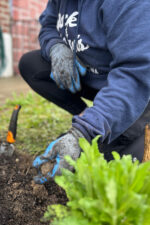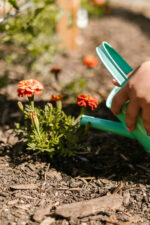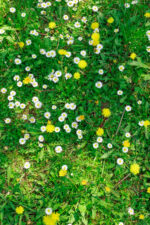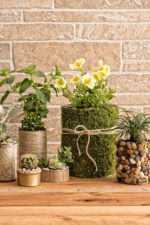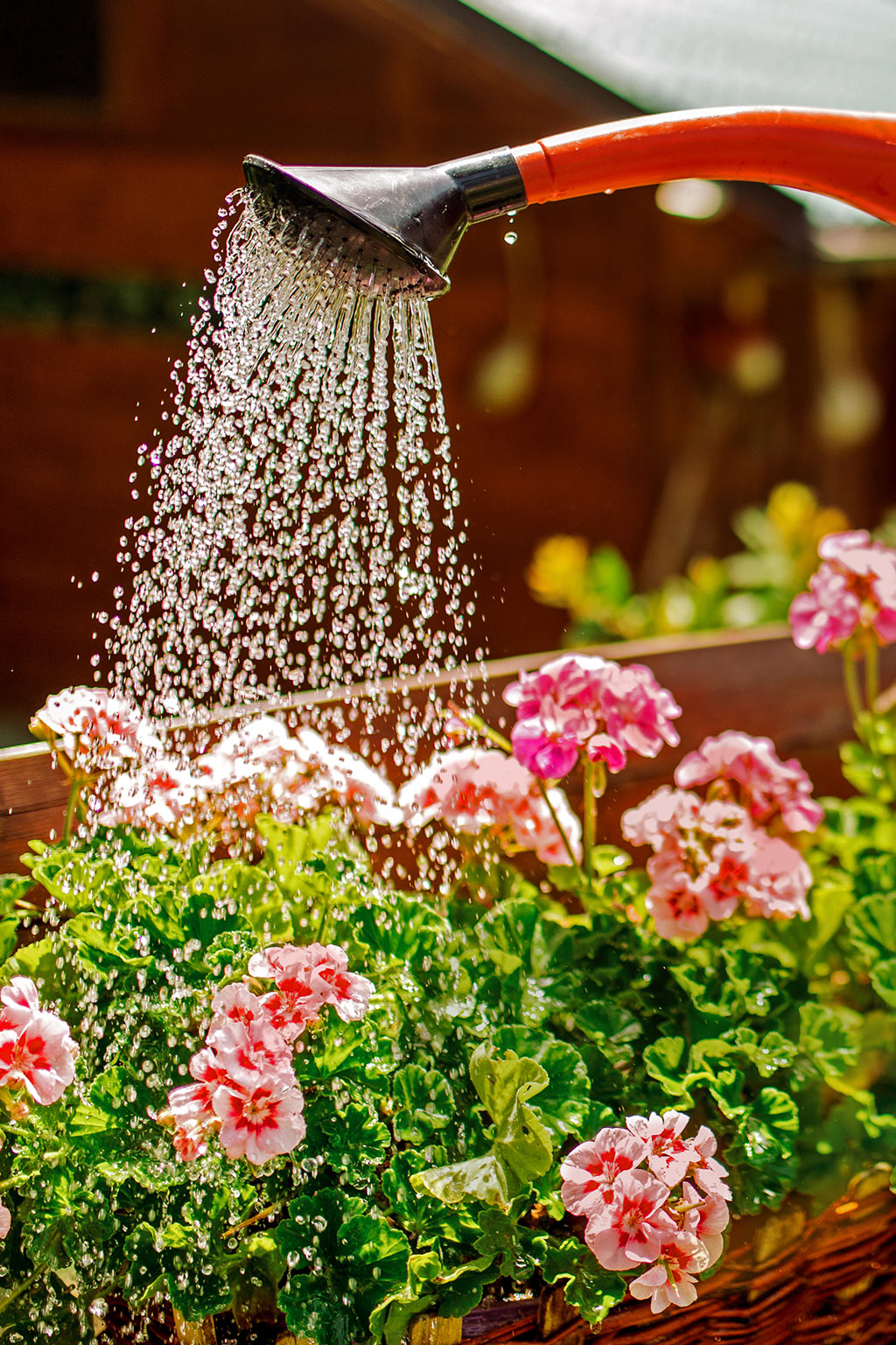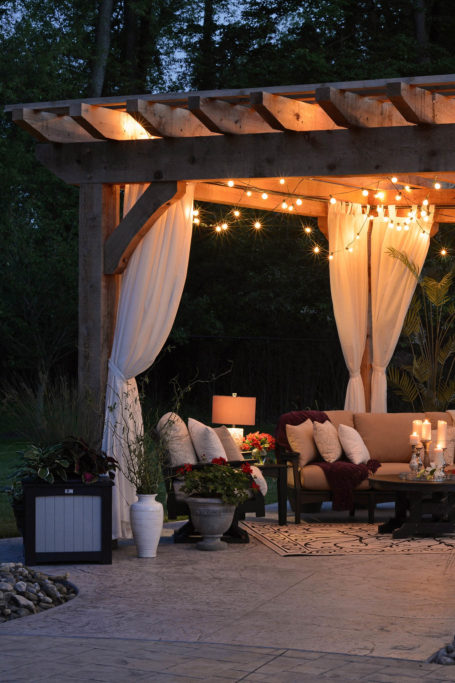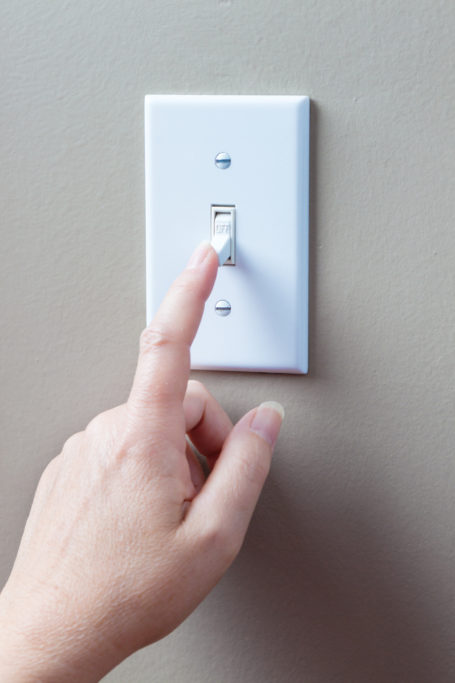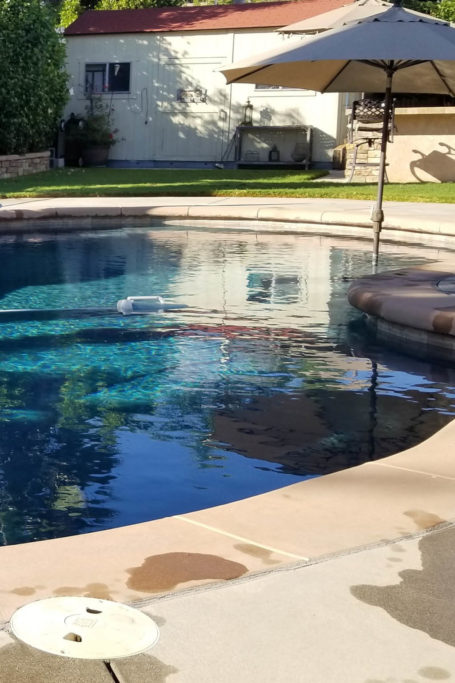Creating a Captivating Container Garden
Are you looking to do some gardening this summer but lack the space or want to avoid the hassle of preparing a large garden plot in the sweltering heat?
A lovely container garden or two might be your answer. These tips can help you grow luscious flowers, succulents, or vegetables and herbs that will look fantastic on your balcony or patio.
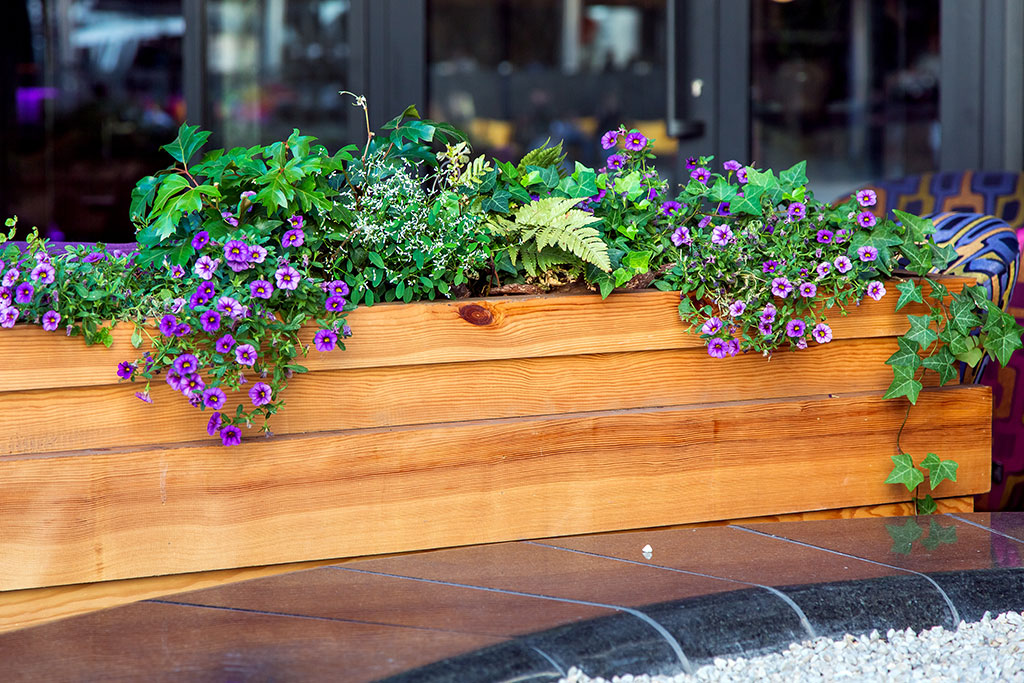
Select your plants
The most important element of a container garden is what goes in it, so you’ll want to choose your plants with care. For an instant effect, purchase grown annuals from a local nursery; this will also help guarantee that they’ll thrive in your region. Or you can consider starting from seed, though it will likely take at least a few weeks for your garden to look its best.
To achieve a dramatic and beautiful arrangement, opt for at least one plant in each of these categories: thrillers to attract attention, low-growing fillers for bulk, and spillers that flow over the edge. The first should be something that can steal the show, such as tall flowering zinnias or spiky aloe vera. The best fillers offer both color and texture—think bright petunias, leafy parsley, or delicate thyme. And as a final touch, add in spillers like ivy geraniums or sweet potato vines, which lend an opulent and dramatic look.
In addition, take note of the care requirements when making your selections, such as each plant’s ideal amount of water and sunlight and how much room it needs to grow. You want to ensure that they’re not only suitable for where you intend to put them but also able to live harmoniously together in one pot.
For instance, a container filled with drought-friendly succulents might be perfect for a sunny deck, while one featuring shade-loving options like tall ferns, begonias, and trailing coleus would work best on a covered patio. Likewise, a dwarf hydrangea, which requires a planter of at least sixteen inches wide and deep and prefers moist soil, wouldn’t be a good companion for succulents, which may grow best when placed in a shallow container and watered sparingly.
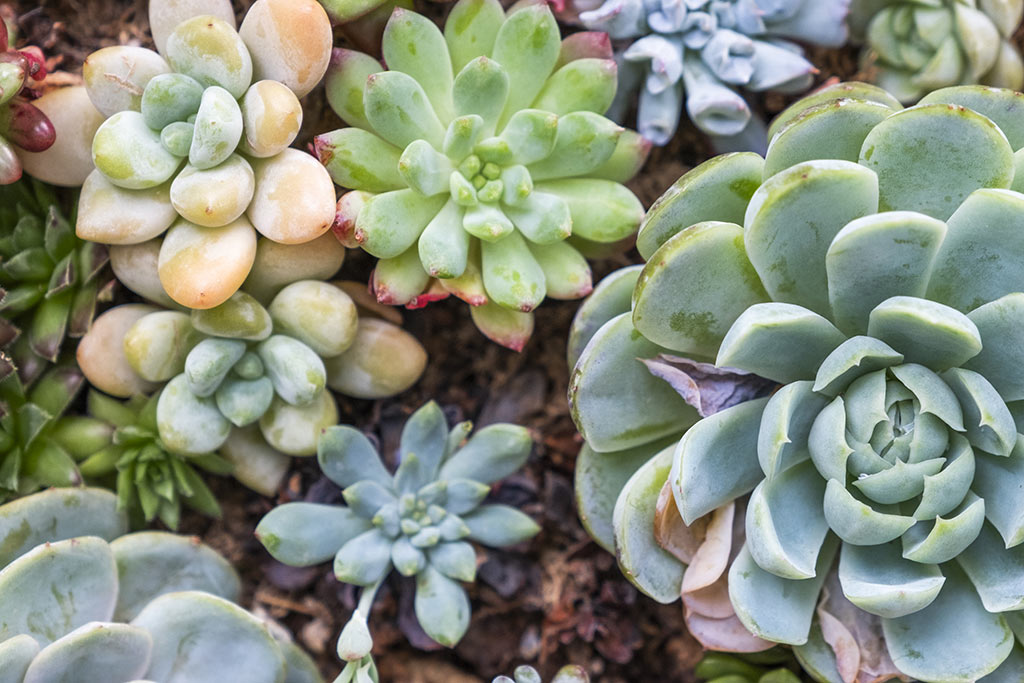
Choose your vessel
While your plants’ care needs are a major factor in determining the type of pot you decide on, you shouldn’t overlook its appearance. The aesthetic it offers can make all the difference in the overall look of your container garden—a black urn can lend a stately vibe, a wooden window box a cottagey essence, and a well-used wheelbarrow something rustic, for example. The possibilities are virtually endless, so don’t be afraid to get creative!
Tend to your plants
Give your garden a secure foundation by filling it with a nutrient-rich and well-draining potting mix. Watering needs will vary, but most summer plants will be frequently thirsty. Check them at least daily, and water them whenever the top inch of soil feels dry to the touch. You can further nourish them by adding a water-soluble fertilizer to your watering can; its packaging will note how frequently it should be applied.
Just like in any garden, weeds may appear among your plants, so be sure to pull them as soon as they pop up. Similarly, inspect often for pests like aphids and spider mites, dislodging any you find by spraying the leaves with a garden hose or an insecticidal soap. And to help your plants look their best, be sure to frequently pinch off spent blooms and remove dead branches and leaves.
It may only take minutes to plant a container garden, but its beauty can provide you with enjoyment for months to come—so start growing one of your own today!



